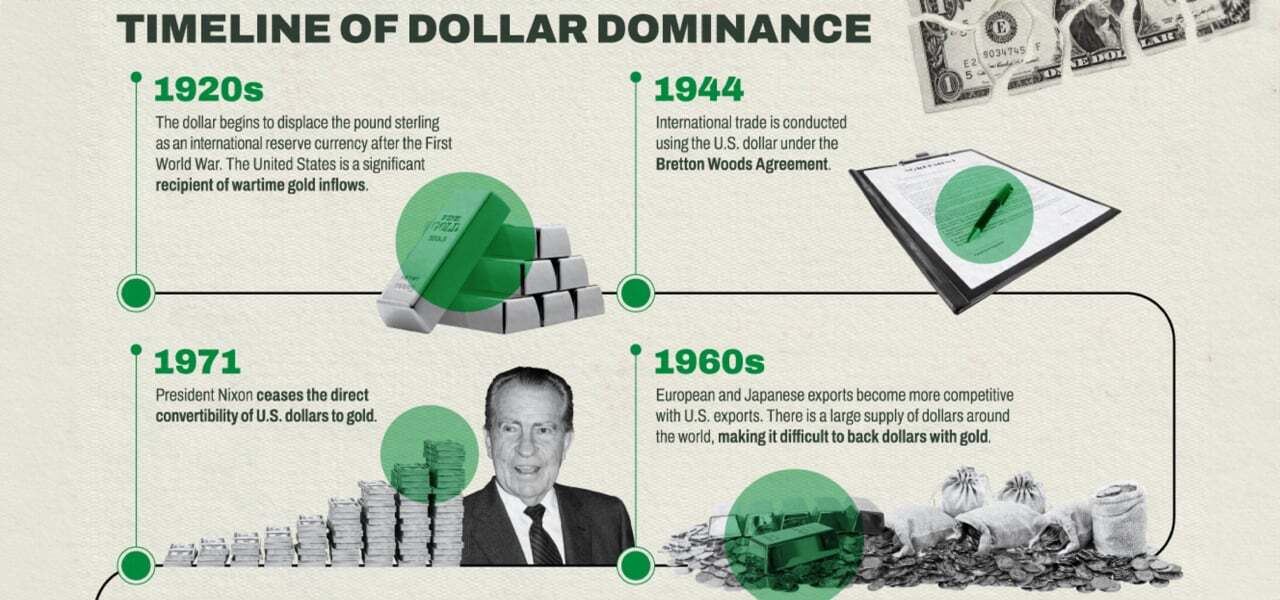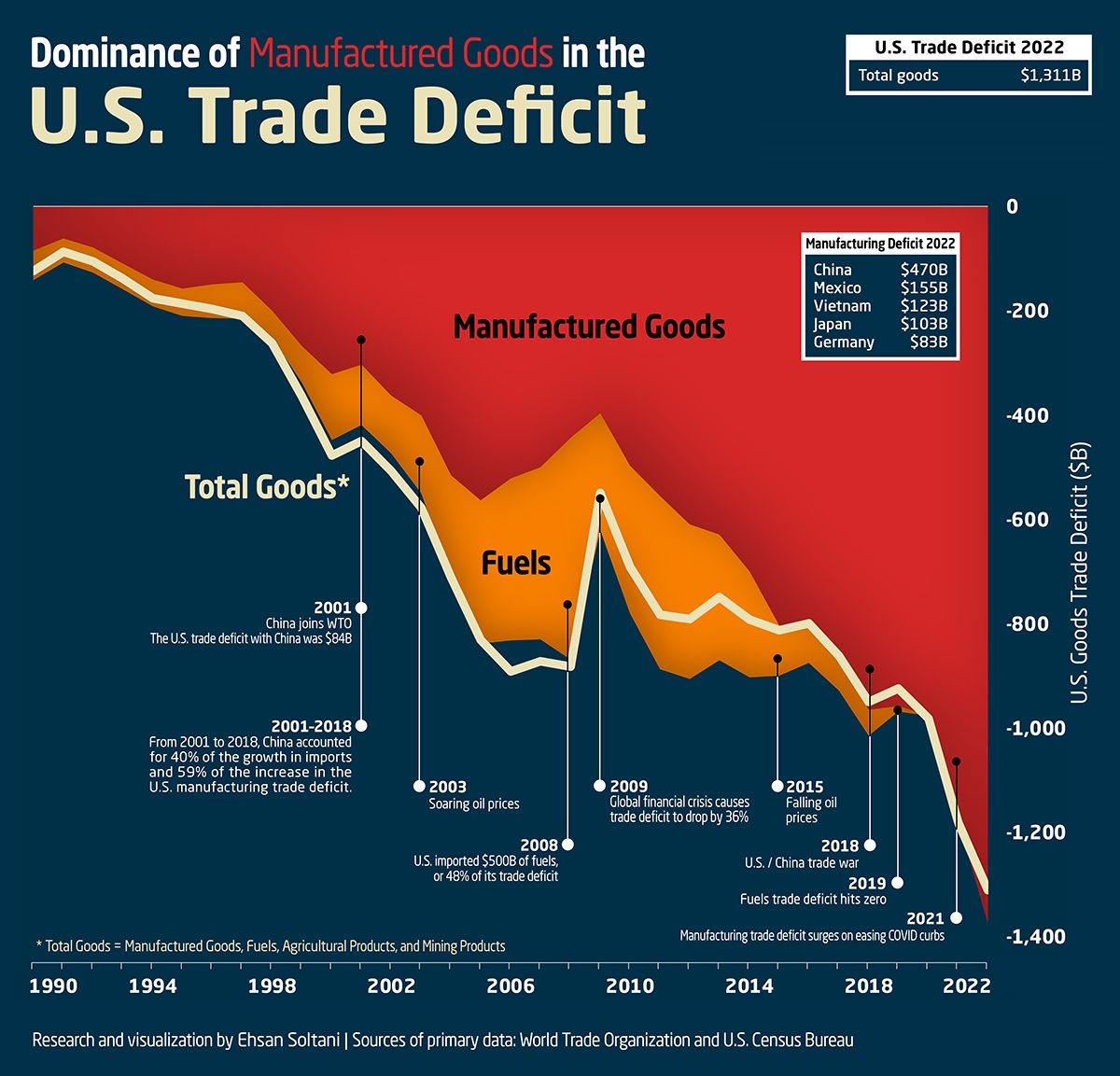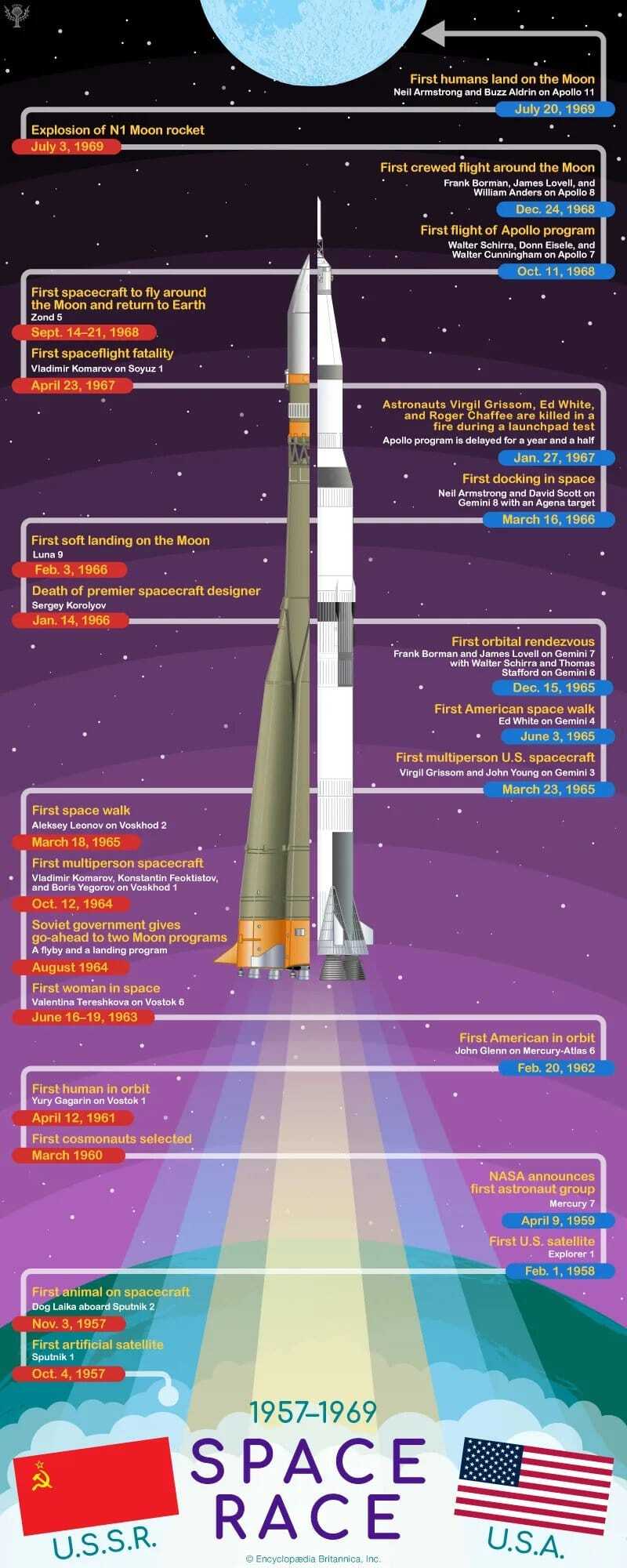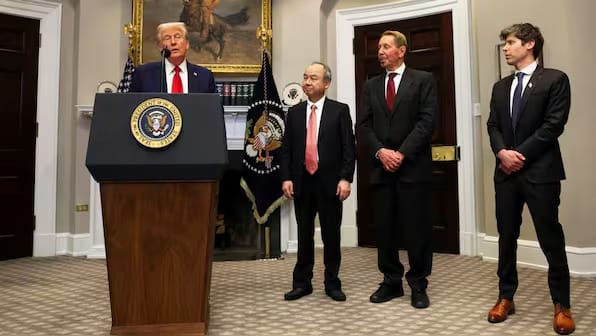- Polaris Stargate Newsletter
- Posts
- THE UNRAVELING OF AMERICAN HEGEMONY:
THE UNRAVELING OF AMERICAN HEGEMONY:
A Strategic Pivot or Managed Decline?
Hey there, stargazer,

The United States appears to be engineering a deliberate departure from its decades-long role as the architect and enforcer of a U.S.-centric global order. This shift, marked by high-profile policy reversals and rhetorical recalibrations, reflects not haphazard chaos but a calculated—if controversial—acknowledgment of geopolitical realities. Three pillars underscore this transformation:
1. Retrenchment of Global Institutions: The gradual disassembly of tools like USAID, long criticized as vehicles for ideological and economic influence, signals a retreat from nation-building and democracy-promotion campaigns. This mirrors a broader skepticism toward costly, open-ended interventions that once defined U.S. "exceptionalism."
2. Multipolarity as Doctrine: Senator Marco Rubio’s assertion that the postwar order is "obsolete" and weaponized against U.S. interests (Foreign Relations Committee, 2023) crystallizes a bipartisan, if unspoken, recognition: the unipolar moment is over. The U.S. now openly acknowledges competing power centers—China’s economic ascendancy, Russia’s regional assertiveness, and the Global South’s strategic hedging—as irreversible facts.

3. Transactional Allies, Not Vassals: Tariffs on traditional partners like the EU and Canada, once unthinkable, redefine alliances as conditional arrangements. This disrupts the post-WWII model of U.S.-led blocs (NATO, Bretton Woods) in favor of ad hoc bargaining. The message is clear: partnerships must yield tangible, immediate gains, not rely on nostalgic loyalty.

Decline or Strategic Pruning?
Critics frame this shift as the twilight of American power. Yet proponents argue it is a preemptive strike against overextension. By shedding the burdens of hegemony—military overreach, subsidizing allies’ defense, enforcing global norms—the U.S. may free resources to confront domestic challenges (infrastructure, inequality, tech competition) and external rivals. The alternative, they warn, is a slower, more humiliating erosion of influence, akin to Britain’s post-colonial unraveling.
The Paradox of Post-Hegemonic Aggression
Ironically, relinquishing the mantle of "global leader" could unleash a more unpredictable, less constrained superpower. Without the pretense of upholding a "rules-based order," the U.S. may prioritize raw realpolitik: bullying adversaries on trade, ignoring multilateral frameworks, or leveraging its financial and military might unilaterally. Allies once shielded by U.S. patronage now face a Washington less interested in consensus and more focused on zero-sum competition.
The Vassal Dilemma
States accustomed to U.S. security guarantees and economic favoritism—Europe’s energy dependency, East Asia’s reliance on U.S. deterrence against China—are scrambling to adapt. The EU’s fragmented response to tariffs and Germany’s angst over defense spending exemplify the disorientation of partners who mistook transactional alliances for immutable hierarchies.
A Post-American World, Forged by America
This pivot may prove as consequential as the Soviet Union’s collapse. By abandoning its custodial role, the U.S. is accelerating the emergence of a fragmented, multipolar landscape—one it no longer seeks to dominate but aims to navigate as a first among equals. Whether this constitutes visionary adaptation or myopic surrender depends on one’s vantage point. Yet history suggests that empires rarely choose their exit; the U.S., in stark contrast, seems determined to script its own.
Post-WWII, the US established institutions like the UN, IMF, World Bank, and NATO. The Cold War solidified its role as a superpower. After the Soviet Union fell, the US was the sole superpower, promoting globalization and liberal democracy. But recent events like the rise of China, economic shifts, and internal political issues might be eroding this position.
Geopolitically, China's Belt and Road Initiative and military advancements challenge US influence. Russia's actions in Ukraine and Syria show defiance. Economically, the 2008 crisis, protectionism under Trump, and trade wars might have weakened the dollar's dominance. Internally, political polarization, social divisions, and issues like the Capitol riot could indicate fragility. Multilateral institutions like the WTO and UN are struggling, and climate change requires global cooperation, which the US has been inconsistent on.

Now, is this a strategic pivot? The US might be shifting focus from being the world's policeman to balancing priorities. The Indo-Pacific strategy and alliances like AUKUS suggest a focus on countering China. Economic policies like the CHIPS Act aim to reduce dependency on China. Energy independence through shale revolution could be part of this pivot. However, if not managed well, this could lead to a power vacuum.

Alternatively, managed decline might involve accepting reduced influence and integrating emerging powers. Supporting multilateralism with reforms, encouraging allies to take more responsibility, and investing domestically in education and infrastructure. But managing decline is tricky; it can lead to instability if not handled carefully.
The implications are significant. A disorderly decline could lead to regional conflicts and economic instability. A strategic pivot might contain rivals but risks overextension. The outcome depends on domestic unity, adaptability, and balancing interests. The US needs to collaborate with allies and invest in innovation and diplomacy.
Since the end of World War II, the United States has anchored the global order as the preeminent military, economic, and ideological superpower. Its hegemony—underpinned by institutions like NATO, the Bretton Woods system, and alliances spanning from Europe to Asia—shaped norms of liberal democracy, free trade, and multilateralism. However, the 21st century has ushered in tectonic shifts: the rise of China, resurgent authoritarianism, economic fragmentation, and domestic polarization in the U.S. itself. These forces raise a critical question: Is America’s declining dominance a deliberate strategic pivot to a new world order, or a managed decline necessitated by irreversible geopolitical realities?

The Pillars of American Hegemony: Erosion or Evolution? Geopolitical Dominance
Post-Cold War "unipolarity" saw the U.S. as the sole superpower, but challenges now abound. China’s Belt and Road Initiative (BRI), militarization of the South China Sea, and technological ascendancy (e.g., 5G, AI) contest U.S. influence. Russia’s invasion of Ukraine and alignment with Iran underscore defiance of Western norms.
U.S. overextension in Iraq and Afghanistan, coupled with shifting priorities toward Asia (e.g., the Indo-Pacific Strategy), suggests a recalibration rather than retreat.
Economic Primacy
The dollar’s reserve currency status remains intact, but de-dollarization efforts (e.g., BRICS’ New Development Bank, China’s digital yuan) signal cracks.
Globalization’s backlash—evident in Trump-era tariffs, Biden’s CHIPS Act, and "friend-shoring"—reflects a shift from neoliberal consensus to economic nationalism.
Soft Power and Ideology
The U.S. model of liberal democracy faces skepticism. Authoritarian regimes (China, Russia) tout "state capitalism" and stability as alternatives.
Domestic polarization, racial strife, and institutional gridlock (e.g., debt ceiling crises, Supreme Court controversies) undermine America’s moral authority.
II. Strategic Pivot: Reimagining Leadership Proponents of the strategic pivot argue that the U.S. is adapting to a multipolar world by reallocating resources and redefining priorities:
Focus on the Indo-Pacific: Military alliances like AUKUS (Australia, UK, U.S.) and the Quad (U.S., India, Japan, Australia) aim to counterbalance China.
Tech and Energy Independence: Investments in semiconductors (CHIPS Act), green energy, and shale production seek to reduce reliance on adversaries.
Selective Multilateralism: Prioritizing "minilateral" partnerships (e.g., G7, NATO+) over universal institutions like the UN, which face gridlock due to great-power rivalry.
This approach assumes the U.S. can retain leadership by leveraging its innovation ecosystem, military alliances, and democratic values—albeit in a less dominant role.
III. Managed Decline: Accepting the Inevitable? Critics argue that U.S. decline is structural and irreversible, requiring pragmatic management to avoid chaos:
Relative Economic Decline: China’s GDP is projected to surpass the U.S. by 2035. Emerging economies (India, Indonesia) will reshape global demand.
Military Overstretch: Maintaining 800 overseas bases and $886 billion in defense spending (2023) strains resources amid domestic needs.
Multipolar Realities: The Global South’s non-alignment (e.g., India’s stance on Ukraine, Saudi-Iran détente brokered by China) reflects diminished U.S. leverage.
Managed decline could involve:
Power-Sharing: Ceding space to regional powers (e.g., EU in Europe, India in South Asia).
Institutional Reforms: Revamping the UN Security Council, IMF quotas to reflect 21st-century realities.
Domestic Renewal: Addressing inequality, infrastructure, and education to bolster long-term competitiveness.
IV. Implications: Disorder vs. Adaptation Disorderly Decline: A sudden U.S. retreat could trigger power vacuums (e.g., Taiwan Strait, Middle East), nuclear proliferation, and economic instability.
Strategic Adaptation: A recalibrated U.S. role—focusing on deterrence, innovation, and coalition-building—might stabilize a fragmented world order.
Conclusion:
Neither Inevitable Nor Impossible The trajectory of U.S. hegemony hinges on agency over inevitability. A strategic pivot demands political unity, investment in alliances, and domestic renewal. Managed decline, if mishandled, risks global instability. Ultimately, the U.S. must reconcile its ambitions with the realities of a multipolar world—where leadership may mean sharing power, not monopolizing it.
The answer to the question lies not in binaries but in nuance: America’s hegemony is neither dead nor eternal. It is being renegotiated, and whether this becomes a graceful transition or a chaotic unraveling depends on Washington’s choices—and its ability to evolve.
Key Considerations for Policymakers:
Balance deterrence (e.g., China) with diplomacy (e.g., climate cooperation).
Rebuild domestic cohesion to project strength abroad.
Embrace "smart multilateralism" that integrates rising powers without ceding core interests.
In the end, the unraveling of American hegemony may be less about decline than about redefining what leadership means in an age of interdependence and asymmetry.